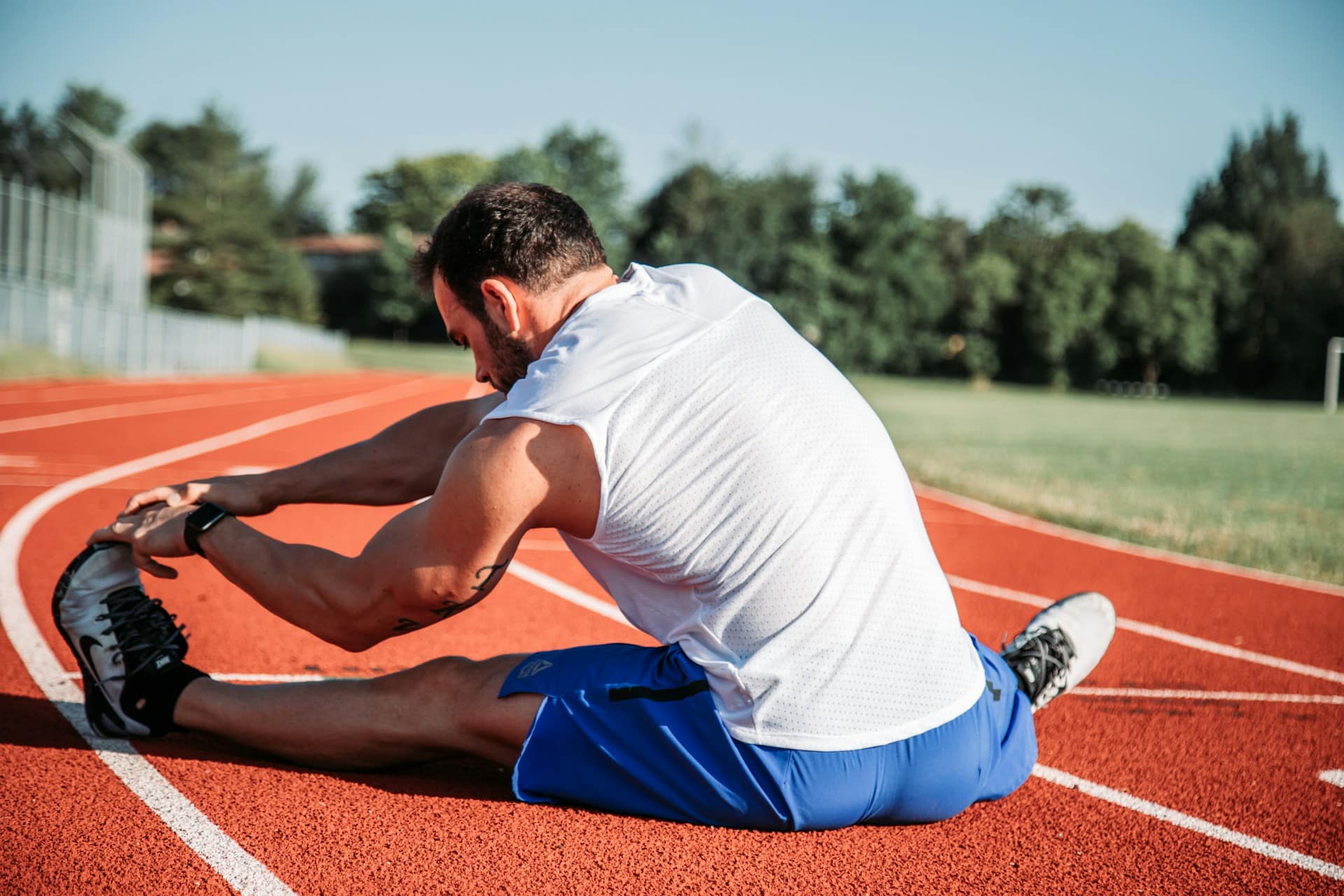As common marathon runners, you may have faced the daunting challenge of racing in extremely hot temperatures. The risk of heat-related illness increases significantly under such conditions, hindering your performance and potentially putting your health in severe danger. The good news, however, is that modern technology provides various solutions to help you maintain your performance and safety. One such innovation is hydration sensors. These devices, when utilized properly, can significantly reduce the risk of heat illness during a marathon race. This article will explore the role of hydration sensors in preventing heat illness for marathon runners.
The Impact of Heat on Athletes’ Performance and Well-being
Before delving into the ways hydration sensors can assist you, it’s crucial to understand the impact of heat on your body during strenuous sports activities. According to a study on PubMed, high temperatures can lead to a critical rise in body temperature, resulting in heat illness. Symptoms of heat illness include fatigue, dizziness, nausea, rapid heart rate, and even heat stroke in severe cases.
A lire également : How Can Dance-Based Workouts Improve Coordination in Professional Ice Hockey Centers?
Heat also affects your performance during sports. A study available on Google Scholar shows that high temperatures can deteriorate athletic performance as the body diverts energy towards heat regulation instead of muscle function. This is even more critical for marathon runners, as maintaining a high level of performance for an extended period is integral to the sport.
The Importance of Hydration in Heat Regulation
The body naturally combats high temperatures through a process known as thermoregulation, in which it releases heat through sweat. As sweat evaporates from your skin, it takes away heat, effectively cooling you down. However, this process leads to fluid loss, which, if not adequately replenished, can result in dehydration.
A lire aussi : What Are the Safest Techniques for Introducing Weightlifting to Adolescent Athletes?
Dehydration can exacerbate heat illness and impair your performance, according to a study published on PubMed. Hence, it becomes increasingly important for marathon runners to maintain their body fluid balance. Here’s where hydration sensors come into play, offering a potential solution to manage your fluids effectively and reduce the risk of heat illness.
The Role of Hydration Sensors in Preventing Heat Illness
Hydration sensors are devices designed to monitor your hydration levels in real-time. They measure various parameters, such as sweat rate, electrolyte concentration, and fluid balance, to provide you with an accurate indication of your hydration status. These readings can guide you on when and how much to drink during your training or race, ensuring you remain adequately hydrated.
For example, if a hydration sensor detects a high sweat rate and low fluid balance, it would alert you to hydrate immediately to prevent dehydration. This real-time feedback can be invaluable in a race scenario, where your focus is on maintaining speed and endurance.
Hydration sensors are usually wearable and communicate their readings through a smartphone app or a smartwatch. Some advanced models even include features like temperature sensors to monitor your body’s heat and make hydration recommendations accordingly.
How to Use Hydration Sensors Effectively
To fully benefit from hydration sensors, you should know how to use them effectively. According to an article on Crossref, the first step is to wear the sensor correctly. It should be in close contact with your skin, typically in areas of high sweat production, such as your forehead or underarms.
Next, ensure you understand the readings and alerts given by the sensor. Most devices offer a simple user interface with clear indications of your hydration status. However, it is advisable to consult with a sports med professional, who can guide you on interpreting the results accurately and making informed decisions based on them.
Lastly, remember that hydration sensors are a tool to assist you in maintaining your hydration. They are not a replacement for the basic principles of staying hydrated. Always carry enough water during your training or races, drink regularly, and listen to your body’s signals. This combined approach of technology and awareness can significantly reduce your risk of heat illness and enhance your performance in hot conditions.
Remember, being a proficient athlete involves not only physical prowess but also understanding and catering to your body’s needs. With the help of hydration sensors, you can navigate the risks of heat and dehydration, ensuring a safe and successful marathon endeavor.
The Science Behind Hydration Sensors
Hydration sensors are a product of advanced technology and in-depth medical research. In the simplest terms, they work by analyzing the properties of your sweat. A study on PubMed Google explains that the sweat contains vital information about your body’s hydration state and electrolyte balance. By examining your sweat rate and its composition, hydration sensors can give you real-time feedback on your hydration levels.
Most hydration sensors use a small chip embedded with bio-sensors that react to the presence of specific biomarkers in your sweat. According to an article on Crossref PubMed, these biomarkers include sodium, potassium, and chloride ions, whose concentrations can indicate the level of hydration or dehydration in your body.
Another crucial element that hydration sensors measure is your sweat rate, which varies from person to person. A study on Google Scholar shows that your sweat rate can give an accurate picture of your fluid loss during physical activity. A high sweat rate could indicate a rapid loss of body fluids, alerting you to the need for immediate rehydration.
Some modern hydration sensors also include heat acclimation features. They monitor your body’s adaptation to high temperatures over time, helping you understand your personal response to heat stress. This information can serve as a basis for heat acclimation training, which has been shown in an Appl. Physiol. study to improve performance and reduce the risk of heat illness in hot conditions.
Conclusion: Transforming Marathon Running with Hydration Sensors
As we conclude, it’s evident that hydration sensors are an indispensable tool for marathon runners, particularly those racing in hot and humid conditions. By providing real-time feedback on your hydration status, these devices help you make informed decisions about fluid intake, keeping your body adequately hydrated and reducing the risk of heat illness.
However, remember that hydration sensors are not a standalone solution. As an athlete, you must maintain a disciplined hydration regime, listen to your body’s signals, and make necessary adjustments during your race or training. Keep in mind that maintaining your body mass, managing your core temperature, and preventing exertional heat illnesses require a comprehensive approach combining adequate hydration, heat acclimation, and exercise heat management strategies.
The future of sports med looks promising with the integration of technology in managing health risks associated with strenuous physical activities. Hydration sensors are one such innovation that’s transforming marathon running by helping athletes manage one of the most daunting challenges – heat stress. Whether you’re a professional athlete or a sports enthusiast, staying ahead of your hydration needs with a hydration sensor can ensure your performance isn’t compromised, protecting you from the perils of heat illness. So stay hydrated, stay safe, and keep running!











